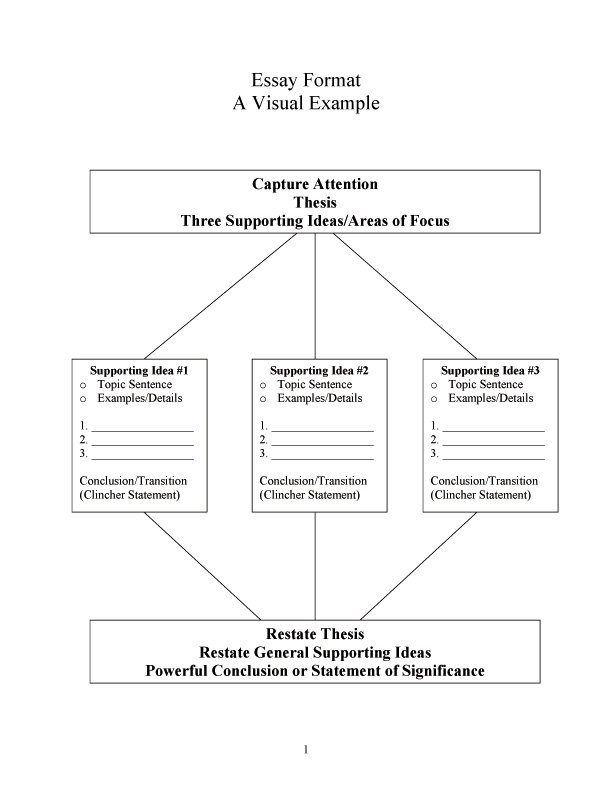An Overview of Diatom Classification with Some Prospects.
Diatoms are silicified algae of small size. Functionally, they are single cells even though they can appear as filaments, chains, or colonies, either in the water column (phytoplankton) or attached to any single substratum (benthos). The siliceous cell wall encloses the organs of the cell and has ornamented and complex structures.
The classification system developed by Simonsen (1979) and further developed by Round et al. (1990) is currently the most commonly accepted. Diatoms commonly found in the marine plankton may be divided into the centric diatoms including three sub-orders based primarily on the shape of the cells, the polarity and the arrangement of the processes.
As algae, diatoms are protists. This means that they are eukaryotic organisms that are not specifically defined as plants, animals or fungus. Formally, they are classified under Division Chrysophyta in Class Bacillariophyceae. This Class of organism is distinguished by the presence of an inorganic cell wall that is composed of hydrated silica.
The pennate diatoms are usually radially symmetrical while the centric diatoms are generally bilaterally symmetrical (Alexopoulos, 1967). These two classes can be found in both marine and freshwater habitats, but centric diatoms are more likely found in the oceans while the pennate diatoms are predominately found in freshwater (Round, 1990).
Other posts on the site.
Diatoms are traditionally divided into two orders: centric diatoms (Centrales), which are radially symmetrical; pennate diatoms (Pennales), which are bilaterally symmetrical. The former are paraphyletic to the latter. A more recent classification divides the diatoms into three classes or subclasses and a number of orders: centric diatoms.
Pennate diatoms are believed to have arisen from the polar centric diatoms (Medlin et al., 2000; Kooistra et al., 2003) and they are first found in the fossil record about 70 million years ago (Raven and Waite, 2004). The most ancient fossil records for silicified centric diatoms are about 120 million years old (Raven and Waite, 2004).
Blooms, after Close Sedimentation (settling out) The tendency for particles to settle out of the water column and come to rest at the bottom due to gravitational forces.Factors that influence the rate of sedimentation are particle size, water density and currents. sedimentation, can inhibit growth of benthic shellfish by clogging the gills (Chauvaud et al. 1998, Lorrain et al. 2000).
However, the new classification does have the virtue, relative to the Round et al. (1990) classification, that it reflects better the finding, now generally agreed and consistent with the fossil record, that diversification occurred first among diatoms with a centric valve structure, and that pennates evolved later from within one out of several or many centric clades.


















